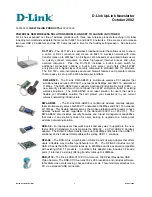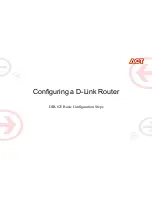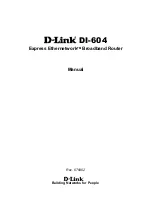
21-5
Cisco IOS Software Configuration Guide for Cisco Aironet Access Points
OL-14209-01
Chapter 21 Configuring System Message Logging
Configuring System Message Logging
Setting the Message Display Destination Device
If message logging is enabled, you can send messages to specific locations in addition to the console.
Beginning in privileged EXEC mode, use one or more of the following commands to specify the
locations that receive messages:
The
logging buffered
global configuration command copies logging messages to an internal buffer. The
buffer is circular, so newer messages overwrite older messages after the buffer is full. To display the
messages that are logged in the buffer, use the
show logging
privileged EXEC command. The first
message displayed is the oldest message in the buffer. To clear the contents of the buffer, use the
clear
logging
privileged EXEC command.
To disable logging to the console, use the
no logging console
global configuration command. To disable
logging to a file, use the
no logging file
[
severity-level-number
|
type
] global configuration command.
Command
Purpose
Step 1
configure terminal
Enter global configuration mode.
Step 2
logging buffered
[
size
] [
level
]
Log messages to an internal buffer. The default buffer size is 4096. The
range is 4096 to 2147483647 bytes. Levels include emergencies 0, alerts
1, critical 2, errors 3, warnings 4, notifications 5, informational 6, and
debugging 7.
Note
Do not make the buffer size too large because the access point
could run out of memory for other tasks. Use the
show memory
privileged EXEC command to view the free processor memory on
the access point; however, this value is the maximum available,
and you should
not
set the buffer size to this amount.
Step 3
logging
host
Log messages to a UNIX syslog server host.
For
host
, specify the name or IP address of the host to be used as the
syslog server.
To build a list of syslog servers that receive logging messages, enter this
command more than once.
For complete syslog server configuration steps, see the
“Configuring
UNIX Syslog Servers” section on page 21-10
.
Step 4
end
Return to privileged EXEC mode.
Step 5
terminal monitor
Log messages to a non-console terminal during the current session.
Terminal parameter-setting commands are set locally and do not remain
in effect after the session has ended. You must perform this step for each
session to see the debugging messages.
Step 6
show running-config
Verify your entries.
Step 7
copy running-config startup-config
(Optional) Save your entries in the configuration file.
















































